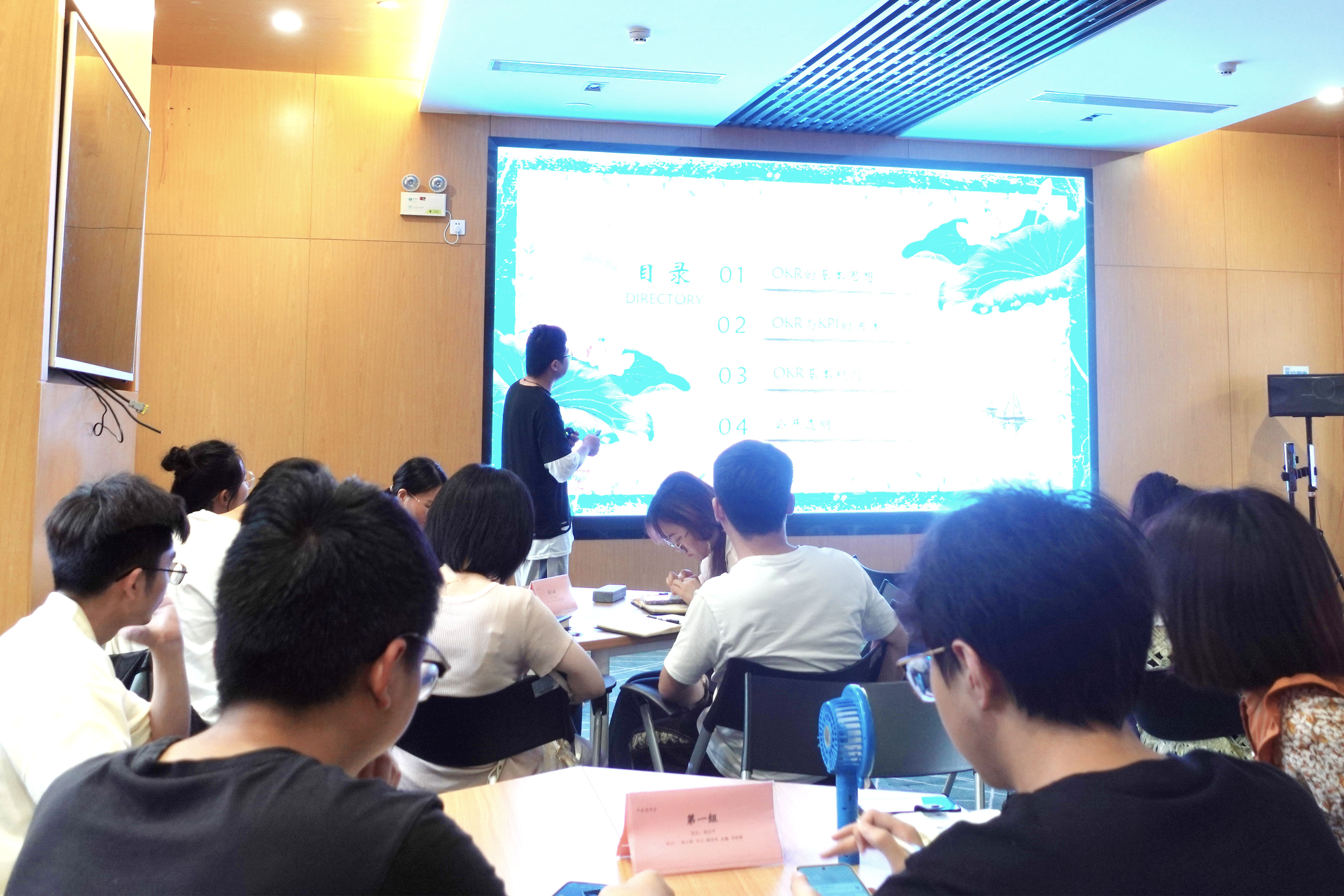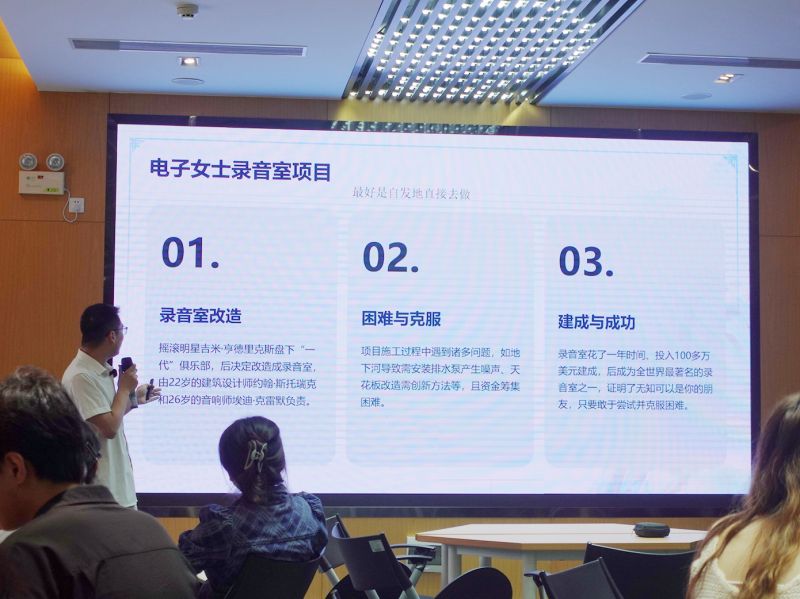1.What is OKR?
OKR is a goal-setting and key results approach designed to ensure team and company goals are clearly aligned and focused. The OKR consists of two core components: Objectives and Key Results. Goals set the direction that a team or company wants to achieve, and key outcomes are specific metrics that measure whether those goals are being achieved.

2.The basic idea of OKR
The basic idea of OKR is to align goal setting with performance evaluation, to ensure that each team member has a clear understanding of the company's larger goals, and to align individual work with the overall goals. By setting clear, measurable key outcomes, teams can move their work forward with greater focus and effectiveness.

3.The relationship between OKR and KPI
While OKRs and KPIs (Key Performance Indicators) are both performance measurement tools, they differ in their application. KPI focuses more on specific performance indicators, such as sales, profit margin, etc. OKR, on the other hand, focuses more on setting and achieving goals, emphasizing the logical relationship between goals and key results. In practical applications, KPIs can be used as part of the OKR's key outcomes, but the OKR covers a broader scope and is more reflective of the company's overall strategy and goals.

4.OKR basic rules
When setting up an OKR, you need to follow the following basic rules:
1. The goal should be clear, specific and can be quantified.
2. Key outcomes should be measurable, achievable, and closely linked to goals;
3. Set a time limit to ensure that the team can complete the goal within the specified time;
4. Regularly review and adjust OKR to ensure alignment with company strategy.

5.Openness and transparency
The OKR setup and implementation process needs to be open and transparent. This not only enhances trust among team members, but also facilitates collaboration across departments. By disclosing the OKR, each team member has a clear understanding of the company's overall goals, defines their job responsibilities, and becomes more engaged.





























 Online service before, during and after sales
Online service before, during and after sales


